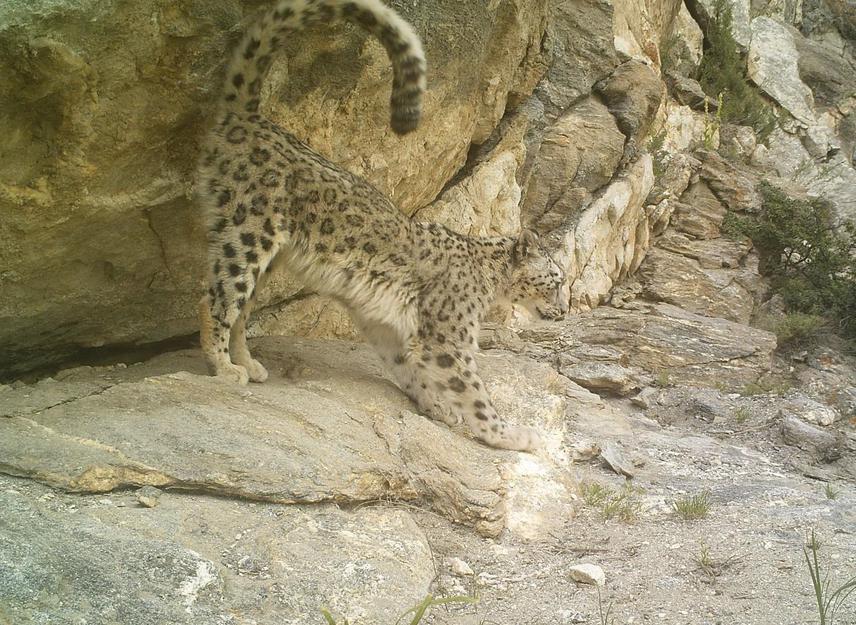Tenzing Lama
Human-wildlife conflict, illegal hunting, lack of wildlife knowledge and law enforcement are the major survival threats to wildlife outside protected areas of Nepal. The remote mountain region like Namkha is particularly vulnerable to such situation due to the lack of presence of wildlife law implementing government bodies and national conservation priorities. Educating and empowering local people is a vital and foremost requirement for the wildlife conservation in such remote and unprotected mountain area. Therefore, the project is advancing local knowledge about wildlife, prepare citizen scientists and promote human-wildlife co-existence in the region.

Human-wildlife conflict, illegal hunting, lack of wildlife knowledge and law enforcement are the major survival threats to wildlife outside protected areas of Nepal. The remote mountain region like Namkha is particularly vulnerable to such situation due to the lack of wildlife law implementing government body. Educating and empowering local people is a vital and foremost requirement for the wildlife conservation in such remote and unprotected mountain area.
Namkha region is one of the biggest trans- Himalayan landscape for the diversity of high-altitude wildlife, many of the species holds global conservation significance such as snow leopard Panthera uncia, Himalayan wolf Canis l. himalayensis, wild yak Bos mutus, Himalayan black bear Ursus thibetanus, Himalayan brown bear Ursus arctos, and globally endangered Himalayan musk deer Moschus leucogaster. Most of the settlements in this region are located within the prime wildlife habitats leading to the regular interaction between wildlife-people and livestock. Such interaction in many cases involves retaliatory killings of big carnivores like wolf and snow leopard over livestock depredation.
Thus, this project will address the issue of human-wildlife conflict through participatory mapping of the conflict zones and fostering local communities in conservation activities in coordination with local government which has right to formulate its own policy, design and implement the conservation actions. Therefore, this project would be crucial in assisting local government in raising conservation awareness among the people and for preparing local citizen scientists in the region to ensure the survival of many endangered wildlife and their habitat.